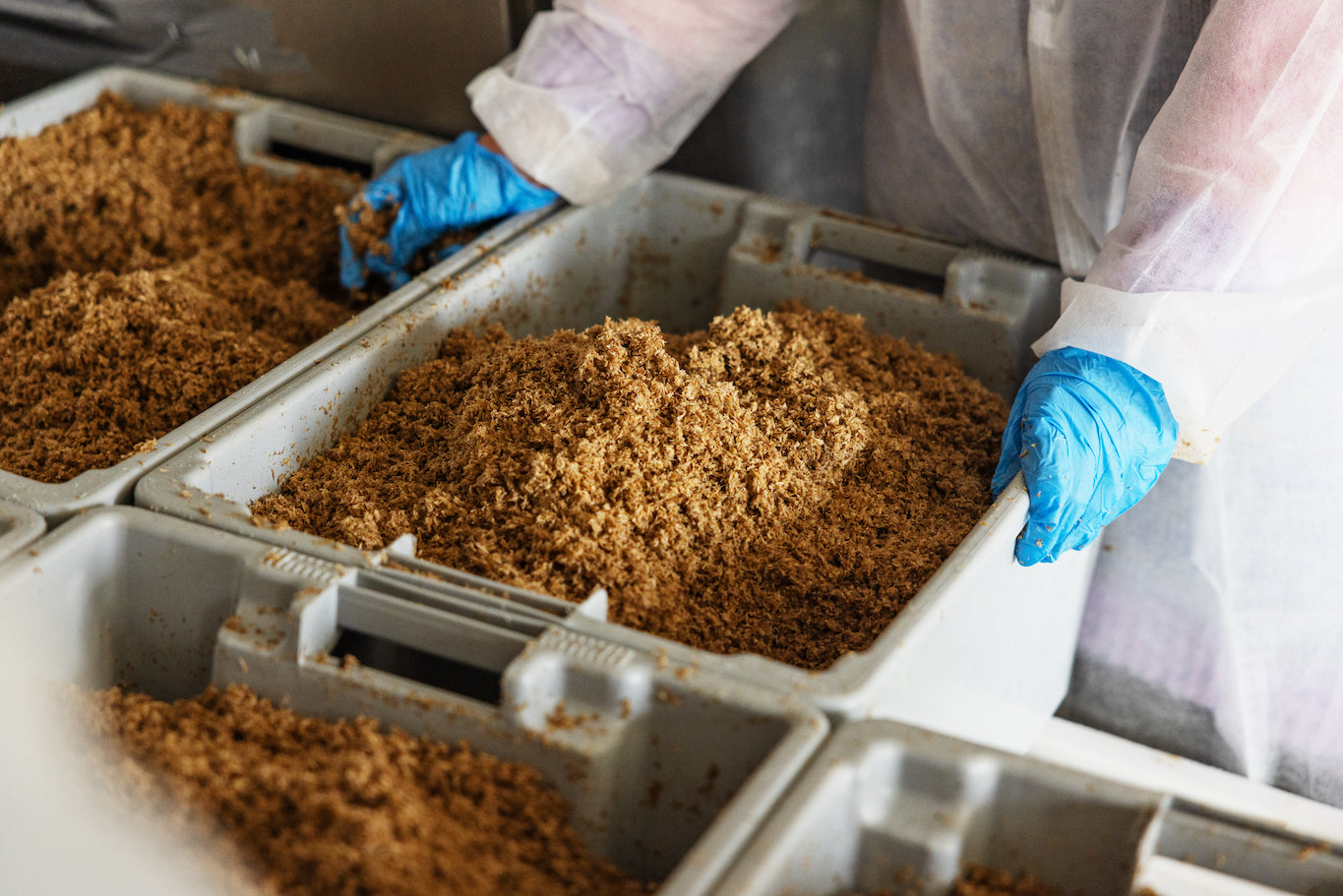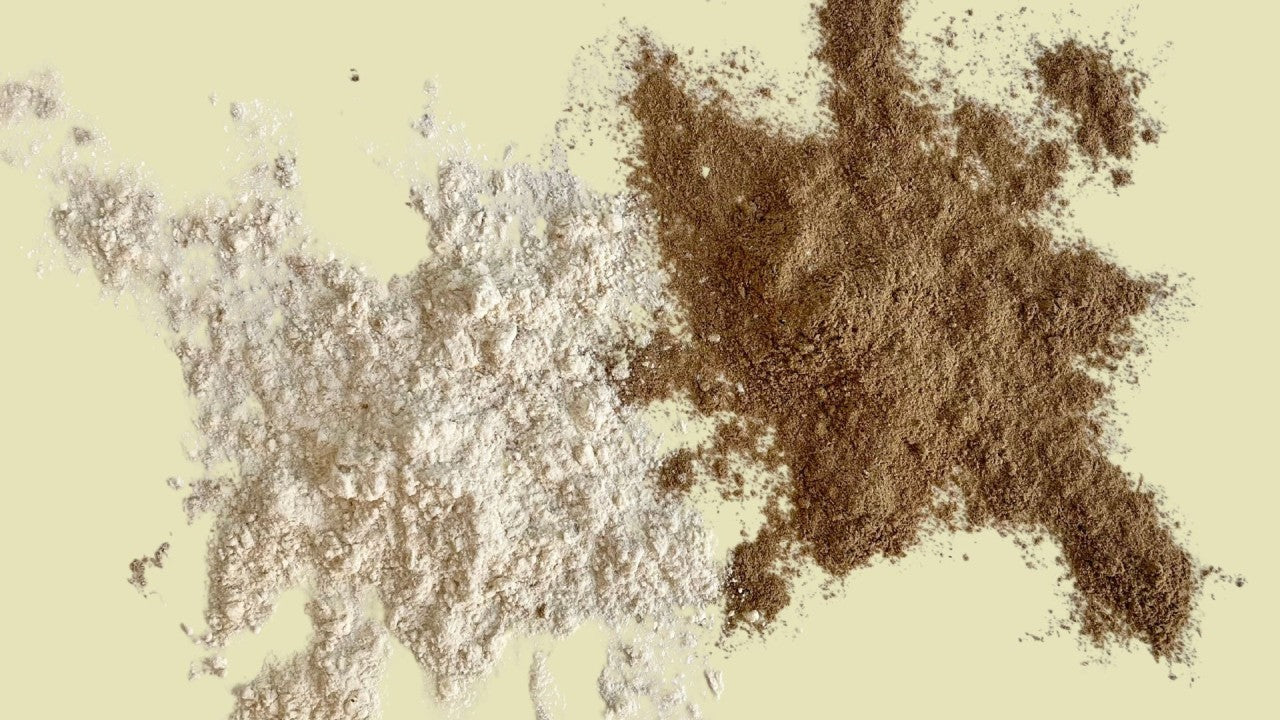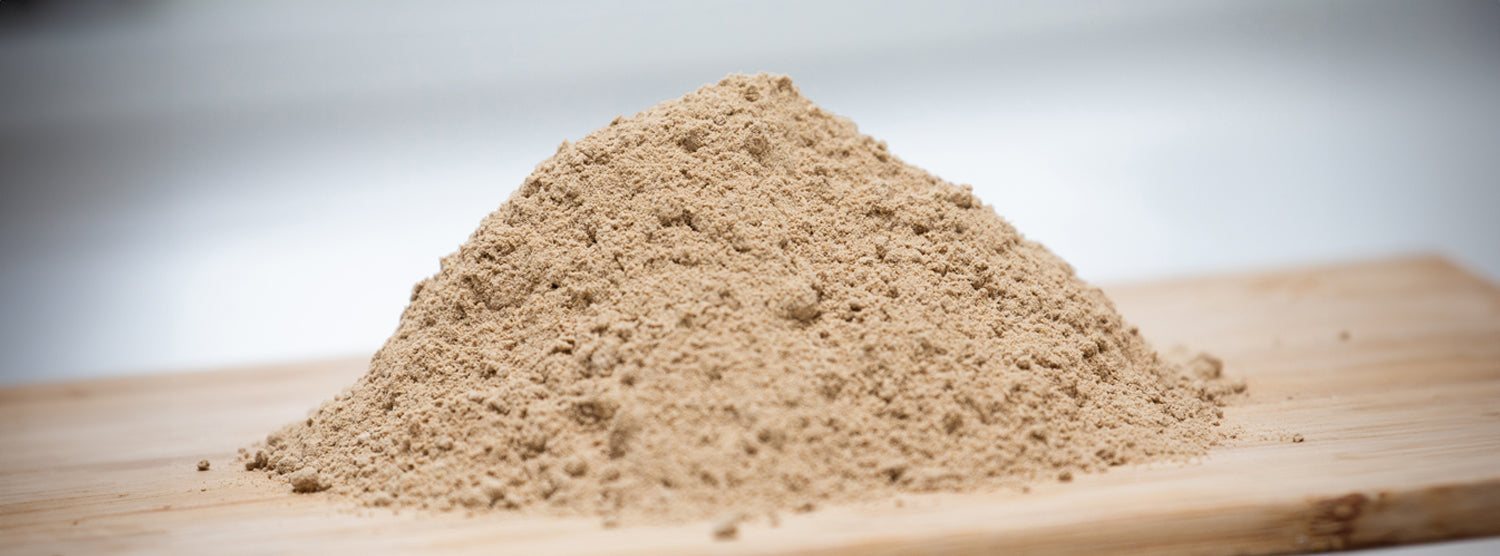What is Brewer's Spent Grain? A Quick Guide
By: Sepher Bashari, 05-11-2024
As sustainability becomes a focal point across the food industry, Brewer’s Spent Grain (BSG) is gaining attention not just in the kitchen, but in commercial baking, food production, and retail. This versatile ingredient is an upcycled powerhouse that adds value in everything from consumer recipes to large-scale food manufacturing. Here’s what BSG is, how it’s produced, and why it’s such a valuable ingredient for multiple segments of the food world.
What is Brewer’s Spent Grain?
Brewer’s Spent Grain is a byproduct from the brewing industry, specifically from beer production. When grains like barley are used to extract sugars for fermentation, the leftover material becomes spent grain. While breweries remove the sugars, the grain itself is still loaded with valuable nutrients, including fiber, protein, and minerals, making it an excellent ingredient for food production across scales.
How is Spent Grain Produced?
Understanding how Brewer’s Spent Grain is produced can help us appreciate its potential. Here’s a quick breakdown:
- Mashing: Brewers start by soaking malted barley in hot water, which activates enzymes that break down starches into sugars. This sugary liquid, known as wort, is then separated to begin the fermentation process.
- Draining and Upcycling: After the wort is extracted, the grain that remains is Brewer’s Spent Grain. Once considered “waste,” this nutrient-rich material can be upcycled into products for both home and industrial use. Agrain further process it by drying and milling it into flour, creating a new ingredient that’s easy to integrate into food products.
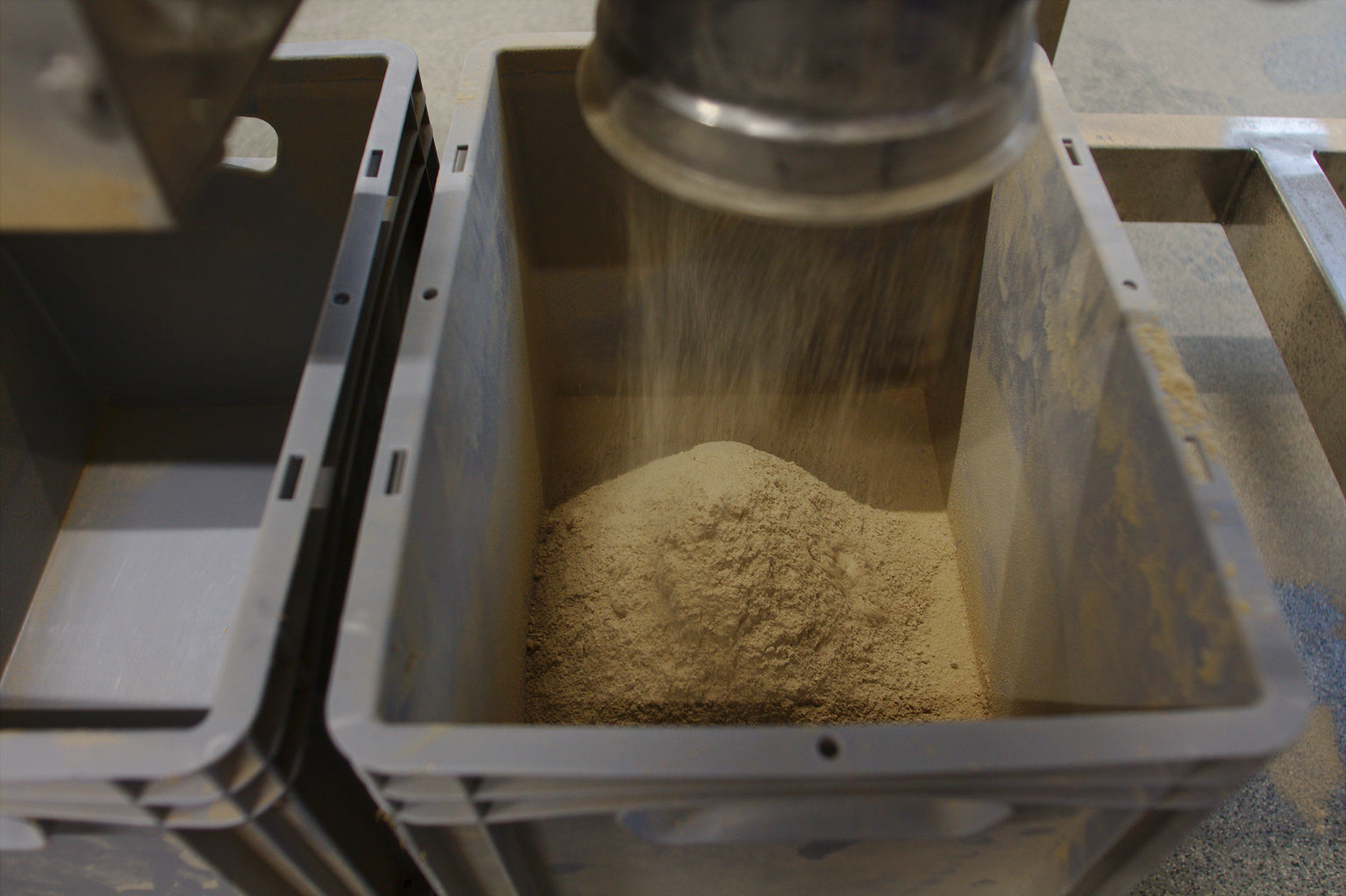
Why is Brewer’s Spent Grain Valuable?
Spent Grain has value at multiple levels, offering distinct benefits for consumers, retailers, and industrial food producers. Here’s why it’s so impactful:
- High Nutritional Content: BSG retains much of its original fiber, protein, and minerals, making it a nutrient-dense ingredient suitable for everything from high-fiber breads to protein-packed snacks.
- Unique Flavor and Texture: Its malty, nutty flavor profile is a hit in baked goods, adding depth to both savory and sweet recipes. In manufacturing, it can enhance products like cookies, pizza crusts, and crackers, appealing to consumers looking for complex, wholesome flavors.
- Sustainable and Circular Economy Friendly: BSG is a key player in the upcycling movement. Each year, breweries generate vast amounts of spent grain; by repurposing this material, companies contribute to a more sustainable food system, turning potential waste into a valuable resource for consumer products, foodservice, and retail markets alike.
Applications of Brewer’s Spent Grain Across Industries
From kitchens to industrial food lines, Brewer’s Spent Grain is versatile enough to fit different contexts. Here’s how it can be used across various segments:
- In the Kitchen: For home cooks, BSG flour is a sustainable ingredient that adds hearty texture to bread, crackers, cookies, and other recipes. It’s a fun and flavorful way to experiment with upcycled ingredients in everyday cooking.
- In Foodservice and Commercial Baking: Spent grain is increasingly popular in restaurants and bakeries looking to create unique menu items. Its flavor profile complements artisanal bread, pizza, and even pastries, appealing to consumers seeking new culinary experiences with a story behind them.
- In Industrial Food Production: As an ingredient, BSG flour is ideal for large-scale food manufacturing, bringing flavor, nutrition, and sustainability to products like energy bars, granola, and baked goods. Because it’s available in bulk and can be processed for consistency, it’s a practical choice for companies aiming to boost their products’ nutritional value and sustainability credentials.
- For Retailers and Brands: BSG is gaining traction as a selling point for brands looking to offer eco-conscious products. With consumers prioritizing sustainable choices, retail items featuring BSG appeal to those interested in supporting upcycled foods. By offering BSG-based products, brands can align with the values of environmentally conscious customers, enhancing brand loyalty.
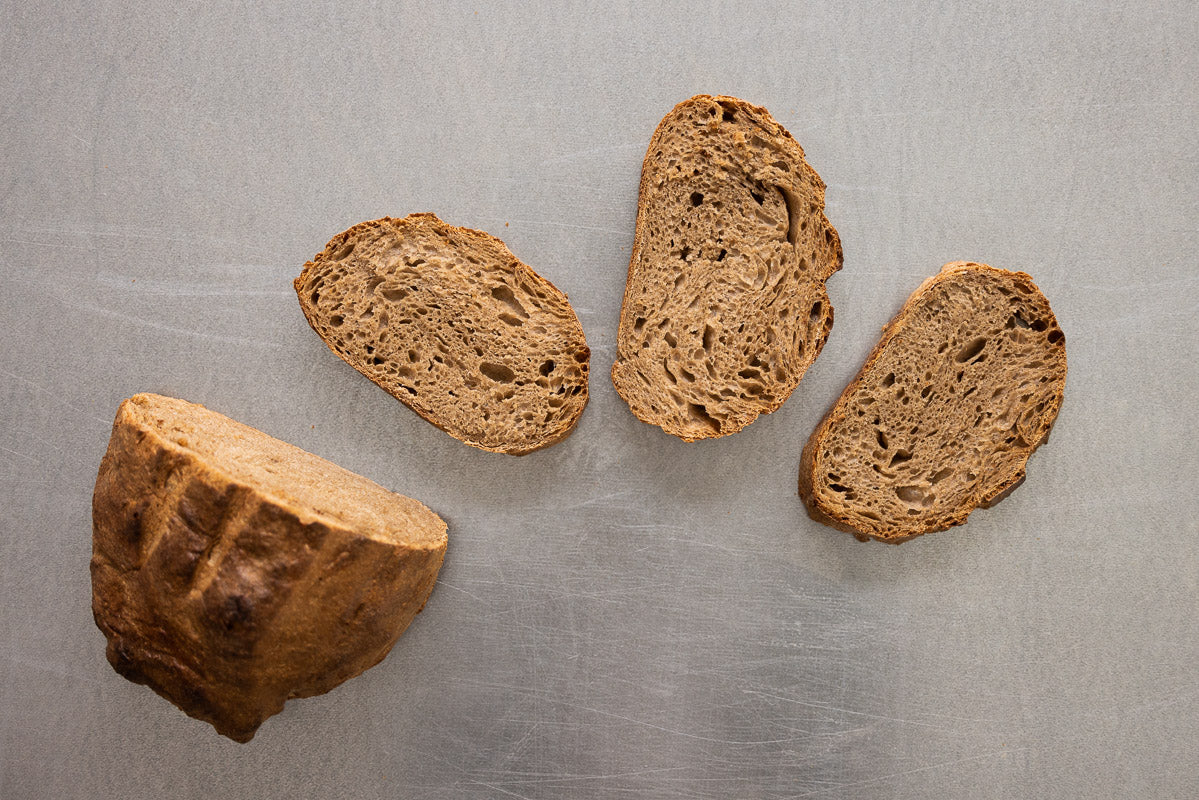
Brewer’s Spent Grain in Action
For food innovators and brands, BSG opens up a world of possibilities. Here’s how it’s transforming products:
- Healthy Snacking: Brands are using BSG to make high-fiber, protein-rich snacks like crackers, chips, and snack bars, answering the demand for healthy, sustainable options.
- Plant-Based and Vegan Products: With its plant-based protein content, BSG is an attractive ingredient for companies creating vegan and vegetarian foods. It boosts nutritional profiles without compromising on taste or quality.
- Baking Industry: BSG flour is a sought-after addition for bakers who want to stand out with artisanal breads, pizza crusts, and baked goods that are wholesome and flavorful.
Brewer’s Spent Grain: Small Change, Big Impact
Whether you’re a curious cook, a foodservice innovator, or a retail brand looking to make a difference, Brewer’s Spent Grain is an ingredient worth exploring. By incorporating BSG, we support a circular food system, reduce waste, and meet the growing demand for eco-conscious, nutrient-dense foods. With applications that span across the kitchen, retail shelves, and manufacturing lines, Brewer’s Spent Grain represents an exciting frontier in sustainable food innovation.
Curious? Try incorporating BSG into your recipes, products, or store offerings and see how small changes can lead to big impacts in flavor, nutrition, and sustainability.
